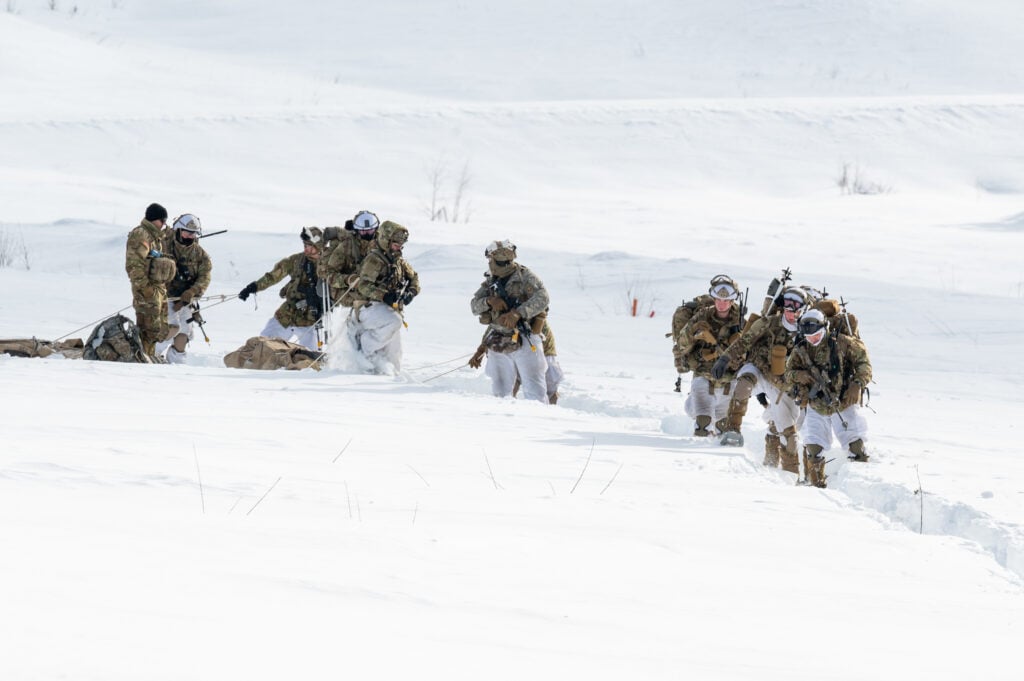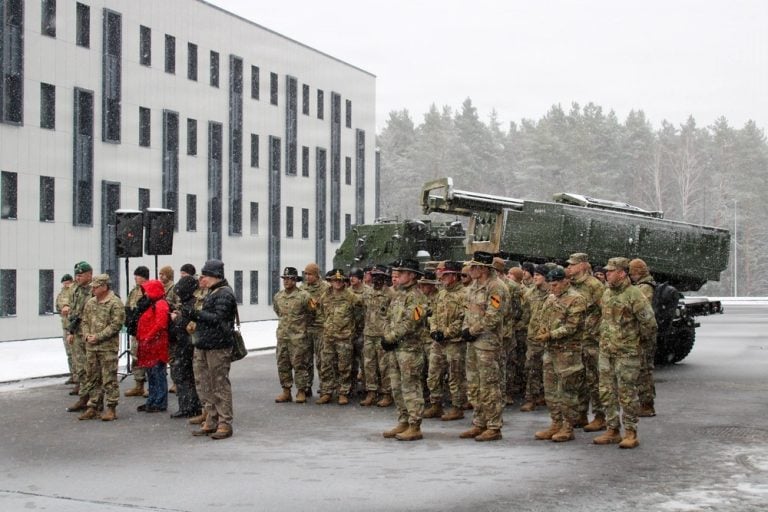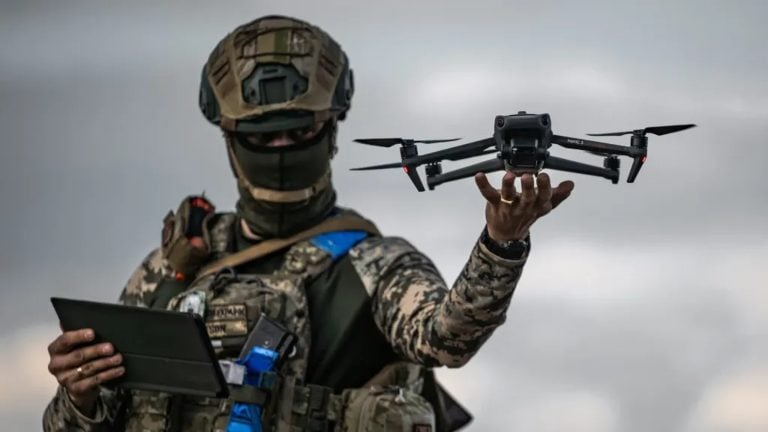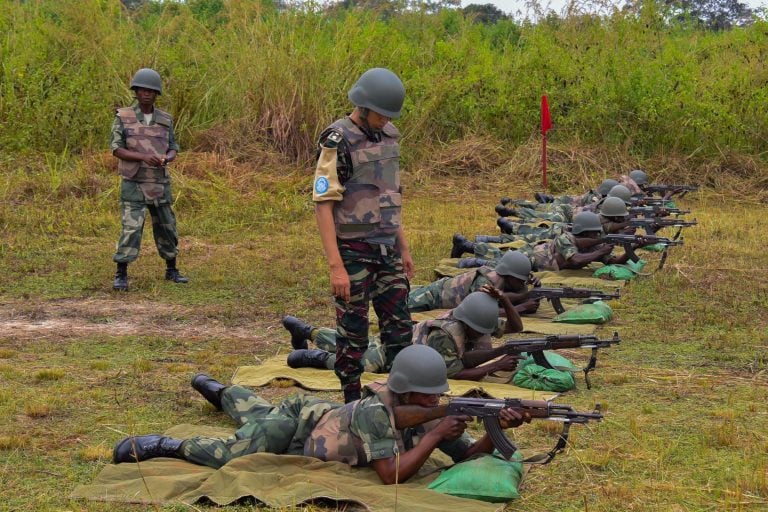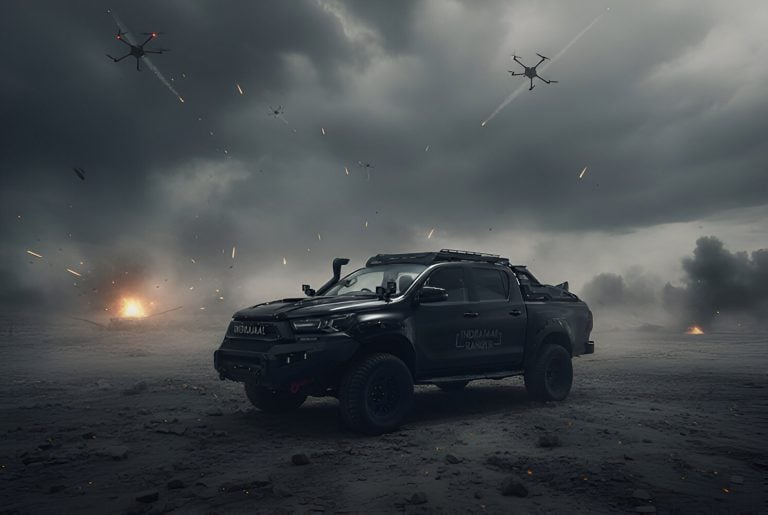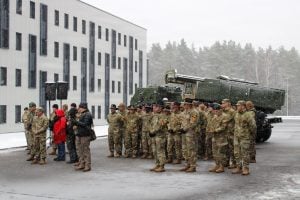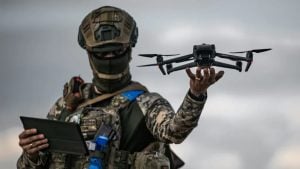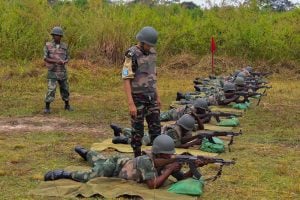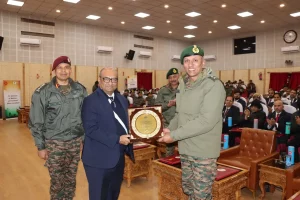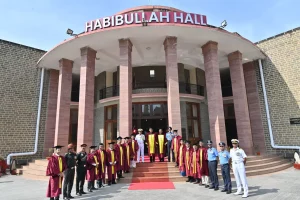The US Army is intensifying its training for airborne troops in the Arctic, drawing on tactical experiences from the ongoing conflict between Ukraine and Russia. This initiative, taking place in Alaska, aims to bolster soldier readiness in challenging environments characterized by extreme cold and rugged terrain.
The training sessions specifically focus on enhancing cold-weather lethality and survivability, highlighting rapid deployment capabilities for equipment and the effectiveness of communication systems. An essential component of this training involves utilizing snow machines for the transportation of personnel and supplies across deep snow, as well as assessing the performance of all-terrain vehicles and new gear designed for operations in low temperatures.
At the Northern Warfare Training Center’s Black Rapids Training Site, soldiers bravely navigate through harsh conditions during snowstorms, simulating real-world scenarios they may face on frozen battlefields. This remote training ground, located 180 miles (290 kilometers) east of Fairbanks, is instrumental in preparing troops for survival in the frozen tundra.
The training overseen by the 11th Airborne Division (Arctic Angels) emphasizes the need for extreme preparedness in the face of challenging Arctic conditions. Colonel James Howell, commander of the 2nd Brigade Combat Team – Arctic Angels, highlighted the importance of rehearsing in Alaska’s demanding environments to ensure US troops are equipped to operate effectively in bitterly cold conditions.
“We see what is happening in Ukraine and are testing things in the Arctic and adapting so that we are more survivable in the Arctic particularly,” Howell remarked. He further noted the necessity of innovation in military tactics and equipment to secure a decisive advantage in temperatures as low as negative 35 degrees Fahrenheit. While the Army has identified certain systems that perform well in extreme cold, Howell indicated that further testing and potential acquisition of these systems are planned for the future.
The ongoing training reflects a strategic commitment to adapting military operations in response to global developments, ensuring that American forces are not only prepared but also capable of sustaining their effectiveness in some of the most challenging environments on Earth.
